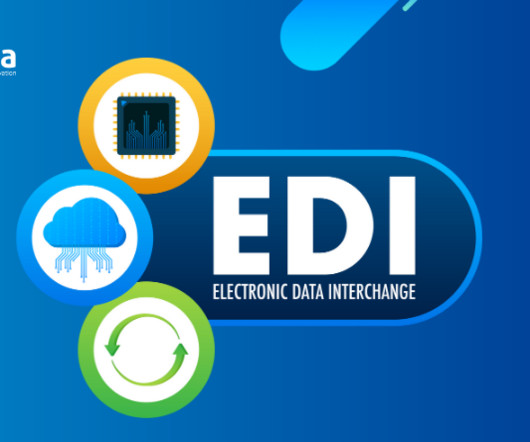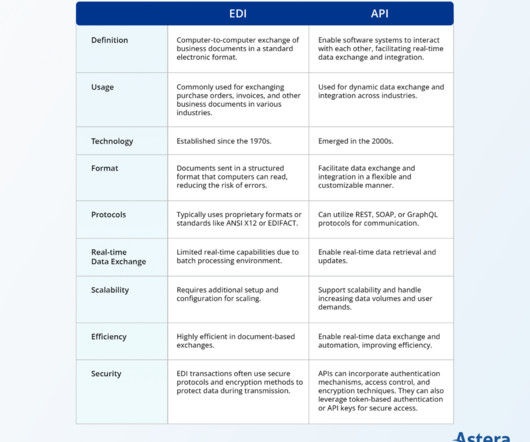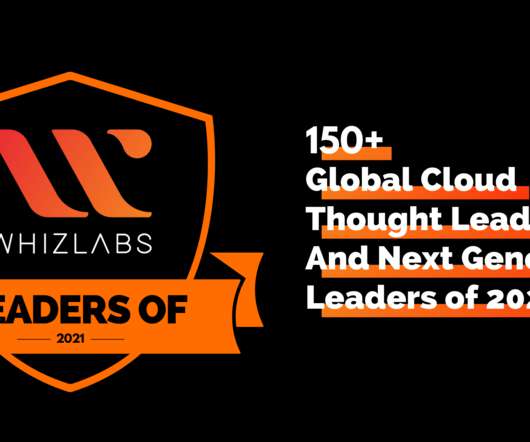From Traditional to Modern EDI: Navigating the Digital Transformation Journey
Astera
AUGUST 2, 2023
The Genesis and Journey of Traditional EDI The Emergence of EDI Before EDI’s inception, businesses across the globe relied heavily on paper-based processes and manual data entry for exchanging crucial documents such as purchase orders, invoices, and shipping notices.













Let's personalize your content